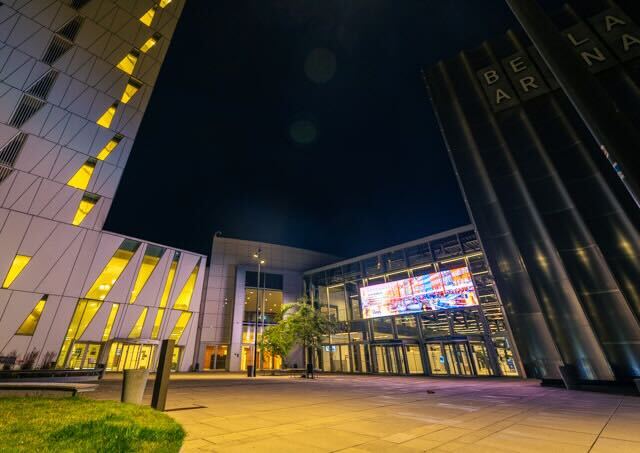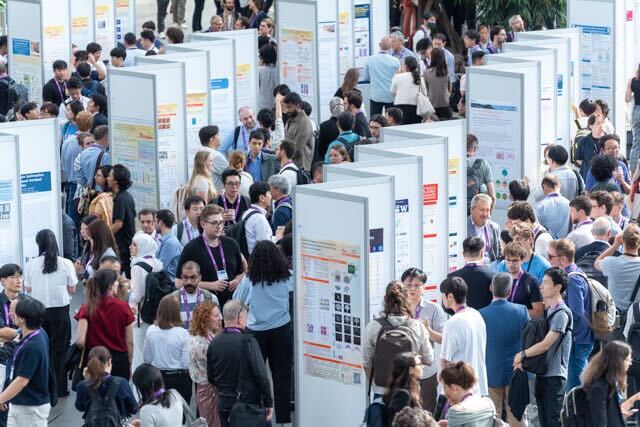Far away from the mid-July heatwave beating down Chicago, HDMZ client IEEE EMBS was hosting the 2025 edition of the Engineering, Biology and Medicine Conference (EMBC) in Copenhagen.
The Bella Center, host of EMBC 2025, saw nearly 3,000 engineers, scientists, data scientists and clinicians gather from around the world to share their research on AI, data science, robotics, and neuroengineering. Coming from a background where most of my time is spent on biologics and small molecules, it was striking to see such a tactile approach to solving complex medical problems. Using technology to restore lost abilities in people with severe physical impairments is something that no small molecule may ever fully address.

All of the keynote speakers were excellent, offering valuable perspectives on innovation. Dr. Grégoire Courtine’s presentation on his journey developing neuroprosthetic implants that restored walking in people with paralysis was particularly inspiring, while Dr. Liselotte Højgaard’s talk on Denmark’s biotech industry highlighted how the country continues to punch above its weight in global biotechnology. Still, the highlight of the conference for me was the poster sessions, which showcased some of the most creative — and greatly needed — work.
It was in the poster sessions that I got the feel of what all these different disciplines can do together in service of the singular goal of helping fellow humans overcome their health challenges. Some of the posters that I found particularly interesting were:
- An AI-based image analyzer that can predict the development of breast cancer two years before traditional methods — a headstart that can potentially be lifesaving (presented by University of Lisbon)
- Neuroprosthetic glasses that can restore vision by modulating neural activity to mimic real sight (presented by University of Newcastle)
- Brain-computer interfaces that allow people with physical impairments to perform simple tasks autonomously in their own homes, rather than just in controlled labs (presented by University of Aalborg and University of Aveiro)
- An exoskeleton and bionic glove combination that lets people with severe disabilities do things that many of take for granted, like lifting a glass to drink or flicking a light switch (presented by Aalborg University)
- Prosthetic hands with motors and innovative silicone joints specifically for children injured in war zones, giving them the feel, functionality and dexterity close to a real hand (presented by Qatar University)
- An innovative AI model that combines the fast “You Only Look Once” (YOLO) computer vision method with the “Segment Anything Model” (SAM) can see tiny, nearly invisible skin abnormalities and rapidly and accurately decode whether they’re benign lesions or melanoma (presented by Kindai University)

EMBC’s poster sessions drew packed audiences, highlighting the creativity of scientists and engineers from around the world.
These posters, although very much in the early stage of research and development, highlight how engineering, data analytics, and biomedicine can directly improve people’s daily lives, independence, and dignity.
Beyond the technology itself, EMBC 2025 emphasized ethical, inclusive, and human-centered design. Panels on responsible AI, accessibility, and mentorship programs such as the Women in Biomedical Engineering made it clear that these tools are most valuable when developed with fairness, usability, and real-world impact in mind.
I left with the sense that thoughtful, collaborative engineering is already reshaping healthcare — and the creativity showcased by the scientists and students make it clear there’s more to come.
The next EMBC will take place in Toronto, Canada, July 2026. In the meantime, you can catch up on some of the highlights from EMBC 2025, available to watch on YouTube.


